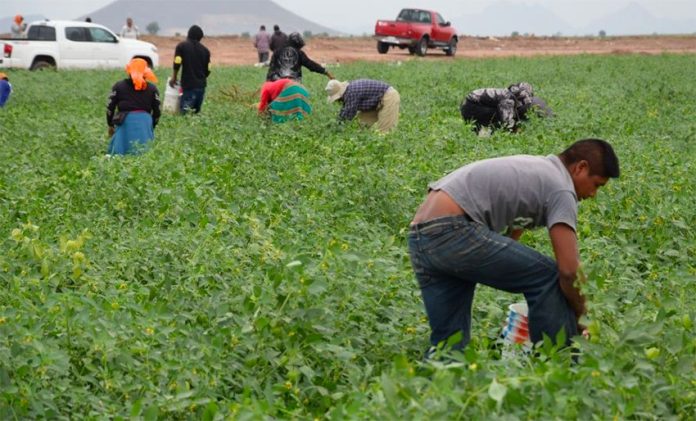Sinaloa and Nuevo León had the best performing state economies in the first quarter of 2019, but at the other end of the scale 10 states recorded negative growth between January and March.
The Sinaloa economy grew 6.1% in the first three months of the year, according to seasonally adjusted data from the national statistics agency, Inegi.
Nuevo León followed with 3.3% growth while the Yucatán economy expanded 3.1% in the first quarter.
The next five best performing economies were Colima, Chihuahua, Baja California, Tlaxcala and Baja California Sur, where first-quarter growth ranged between 2.4% and 2.9%.
Among the states where the economy declined at the start of the year, Tabasco was easily the worst performer.
The Gulf state’s economy contracted 10.9% between January and March, more than double the decline in Zacatecas, which recorded negative growth of 4.1%.
The economies of Chiapas, Campeche, México state, Oaxaca, Aguascalientes and Guanajuato also went backwards.
The best performing regional economy in the first quarter was that of the northern border, where growth of 1.8% was recorded. The central north of the country was close behind, with 1.8% growth, followed by western and central Mexico, where the economy expanded by 1% and 0.4% respectively.
The economy declined 0.7% in the south-southeast and 0.4% in the Bajío, which has been an economic powerhouse in recent years.
It is the first time that the economy of the latter region has declined since the fourth quarter of 2009.
According to Héctor Magaña Rodríguez, head of the Economic and Business Research Center at Tec. de Monterrey, the growth inequality in different parts of the country is the result of disparate government treatment.
“What we’re seeing is that the current economic development policy doesn’t consider all the states, thus those that are being favored show greater growth. Giving priority to certain regions is causing a greater economic gap,” he said.
The northern border region, where the government established a free zone on January 1 with lower taxes and a higher minimum wage, wouldn’t have performed as well as it did without those economic stimuli, Magaña said.
The academic said the Bajío suffered because the government hasn’t initiated any economic development projects there although he added that a reduction in auto exports was also a factor in the region’s first-quarter decline.
Magaña also said that the government’s austerity measures have hurt different sectors of the economy and made the national economy “weaker” in the face of a global economic slowdown.
Humberto Banda Ortiz, an academic at the Autonomous University of Querétaro, also said that the Bajío slowdown was partially the result of the government only focusing its economic development projects on certain states and regions.
He said the National Development Plan, a wide-ranging public policy blueprint, only outlines three large regional projects: the Maya Train, the Isthmus of Tehuantepec trade corridor and the northern border free zone.
In addition to the lack of government attention, Banda pointed out that insecurity, gasoline shortages and teachers’ rail blockades in Michoacán hurt the Bajío economy at the start of the year.
On a national level, he charged that government decisions such as the cancelation of the country’s seven economic zones and the Metrobús project in Durango – after President López Obrador asked for an impromptu show of hands at a rally in Gómez Palacio – are deterring investment.
“. . . We have to reflect about what messages are being sent,” Banda said.
In the south-southeast region, economic growth in Yucatán, Veracruz, Quintana Roo and Guerrero was canceled out by contractions in Chiapas, Oaxaca, Tabasco and Campeche.
In addition to the Maya Train and trade corridor projects, the government is also preparing to build a US $8-billion refinery on the Tabasco coast.
But an academic at the University of Veracruz said that authorities have failed to implement shorter-term economic projects in the region, and that contributed to the contraction in the first quarter.
“. . . The federal government and state authorities didn’t seek short-term economic recovery projects. The south-southeast has been in a permanent economic paralysis because in previous years neither investment nor infrastructure development was sought. With a national economic slowdown, the most disadvantaged states suffer more,” Jorge Antonio Acosta Cázares said.
The release of state and regional economic data for the first three months of the year coincides with the publication of national growth figures for the second quarter.
Inegi reported that the economy grew by 0.1% between April and June, quashing fears that Mexico had entered a technical recession.
Source: El Economista (sp)
